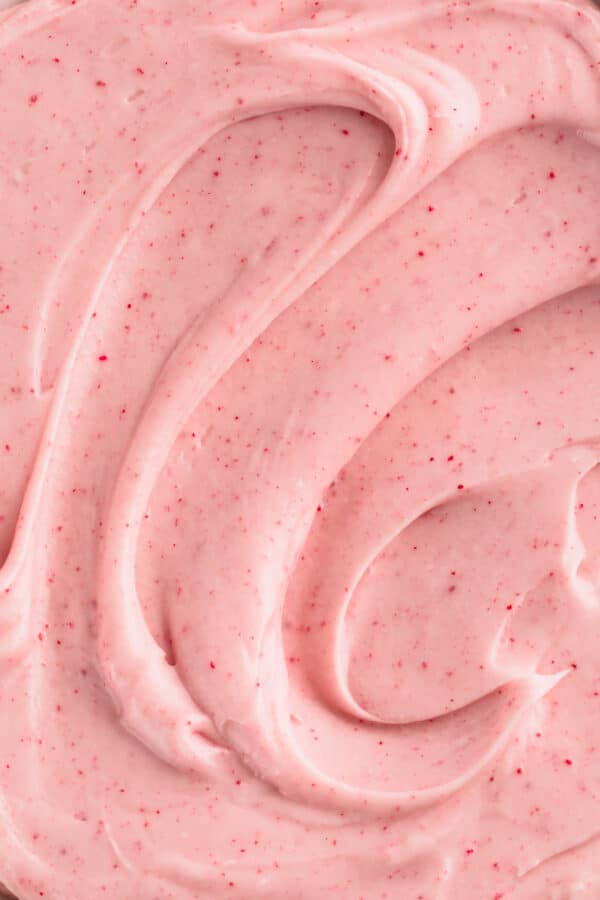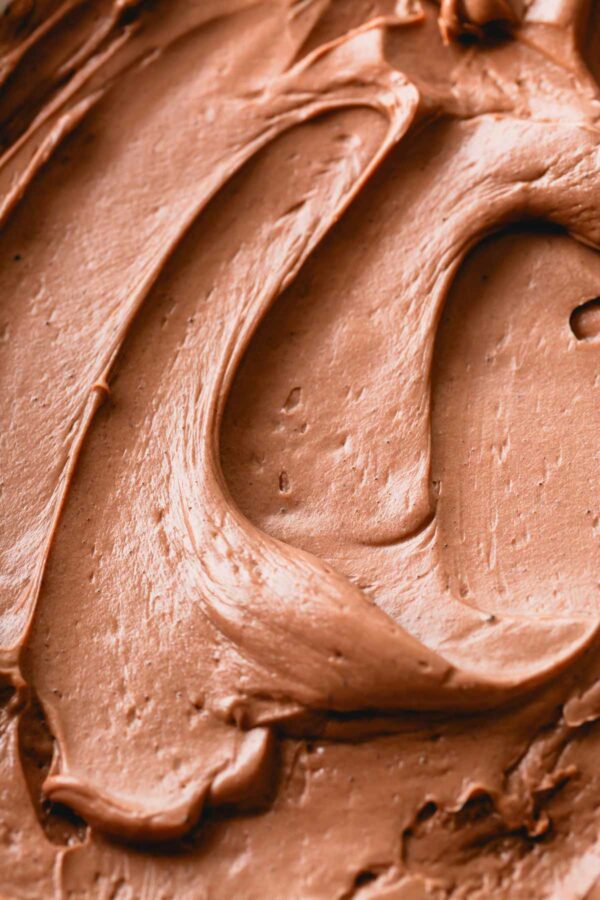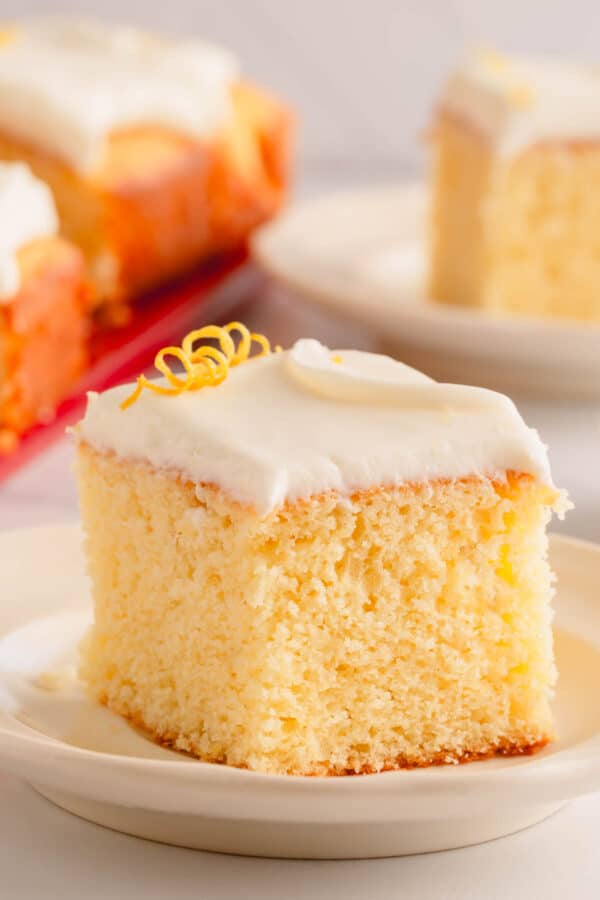Discover the magic of delicate saffron threads to elevate every day dishes with subtle earthy and floral flavor and stunning yellow hue!

Table of Contents
What is saffron?
Saffron isn’t your average spice or dried herb. It’s the dried stigma of a stunning purple flower that only blooms for about three weeks, sometimes less.
The three crimson stigmata inside each flower are then hand-picked and dried to create the prized saffron threads.
Harvesting saffron is labor intensive and thus costly! All harvesting is done by hand, a slow and tedious process.
Each flower has only three stigmata, which means it takes up to 75,000 flowers to make one pound of saffron! One pound of saffron costs up to 10,000 dollars. Thankfully, you only need a pinch or two saffron threads to enjoy its delicate flavor!
What does saffron taste like?
Saffron has a nuanced flavor that’s hard to describe. It smells sweet, but tastes slightly bitter and earthy with floral and honey notes. It has a subtle flavor easily overshadowed by strong spices and flavors.
Use saffron sparingly, it’s easy to overdo it and make the dish taste bitter. You can always add more, but you can’t take it out.
Where do I buy saffron?
You may find saffron in the spice aisle at most grocery stores. If you don’t see it available, ask the store manager, as saffron is sometimes locked to prevent theft.
However, I personally like to purchase it online from my go-to sources for quality spices.
- Kashmiri saffron from diasporaco.com is amazing, if you can get a hold of it!!
- Moroccan saffron from worldspice.com is a staple in my kitchen!! It’s so fragrant and delicious!
3 Tips on Buying Saffron:
- It’s best to buy whole saffron threads instead of ground saffron. Saffron stigmas maintain their quality and flavor longer, plus it’s less likely to be a counterfeit or cut with fillers.
- Saffron is typically sold in small jars containing only 1 to 2 grams of saffron. Don’t be alarmed by a small quantity! They’ll last for quite a few dishes.
- Only purchase saffron from a reputable source and be wary of special online deals.

How to spot fake saffron:
Unfortunately, due to the high value and price point of saffron, counterfeits are readily sold too. Always purchase saffron from a trusted retailer to avoid purchasing fake saffron. Here are a few things to look out for:
- Color – Saffron threads should be a dark crimson red with little to no yellow color. If the whole thread has a yellowish tinge, it’s a counterfeit.
- Price – If the price seems too good to be true, it probably is! Only buy from a trusted retailer and don’t look for cheap deals online.
- Shape – The thread should have a trumpet shape to it. If the whole strand is thin, it’s not saffron.
How to store saffron:
- For best results, store saffron in an airtight glass container in a cool, dark place.
- Avoid direct light or plastic containers, which decrease the quality and flavor of the saffron threads.
- Never store saffron in the refrigerator or near the stove.
- Just like any spice, saffron diminishes in quality the longer it’s stored. Try to use it within one year of purchasing.
Ways to use saffron:
Saffron is popular in Mediterranean, Asian, European, and Spanish dishes. Think Paella, rice, bouillabaisse, or chicken tagine!
Just a pinch of saffron instantly upgrades any dish with it’s pleasant warmth and sweet bitterness.
While packets of ground saffron are readily available, it’s best to grind your own. Use a mortar and pestle to break down the tiny threads into a fine powder.
If the dish contains plenty of liquid, add the saffron threads whole! They will break down and impart flavor into the dish as it cooks.
Health Benefits:
Throughout history, saffron has been adored for it’s medicinal properties and health benefits.
Most claims aren’t backed by scientific research, but saffron yields an impressive amount of disease-fighting antioxidants.
The three main plant compounds are crocin, picrocrocin, and safranal which fight against oxidative stress and free radicals.
Oxidative stress and free radicals are partially responsible for serious health conditions and diseases like cancer and heart disease.





